The 10 Coolest Flash Storage And SSD Products Of 2016
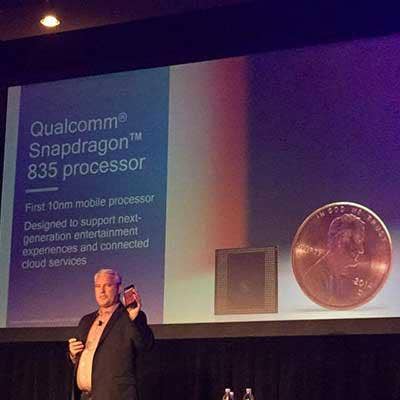
Flash Storage: Ignoring The Speeds And Feeds
High performance in all-flash storage is expected. But in 2016, performance itself ceased to be a key differentiator in the all-flash storage market. Instead, vendors in 2016 pushed new software and data services to the forefront as they looked to get a bigger part of the storage business.
Virtualized flash storage appliances, new ways to turn flash into a service, new licensing schemes, and new technologies like NVMe were among the ways vendors differentiated their wares from smaller vendors for which speed was the key feature. In an age where someone can always make something a bit faster and less expensive than everyone else, the winners were those vendors that refused to play the commodity storage game.
CRN has been watching the developments carefully. Take a look at some of the coolest of those developments from 2016.
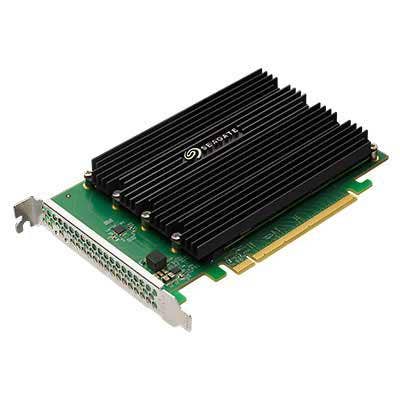
Seagate 8-TB NVMe SSD
Seagate's new 8-TB Nytro XP7200 NVMe SSDs, which were launched in late 2016, target high-performance computing, scale-out databases and big data analytics, such as for scientific research and weather modeling. They feature a single PCIe interface for high-speed data transfers and four separate controllers that allow servers to communicate directly with them via a single PCIe socket. The Nytro XP7200 NVMe SSDs feature bandwidth of 10 GBps through a single PCIe slot, which Seagate calls the industry's highest. They also feature end-to-end data protection, LDPC error correction, and power-loss data protection to maintain data integrity in the event of unexpected power interruptions.
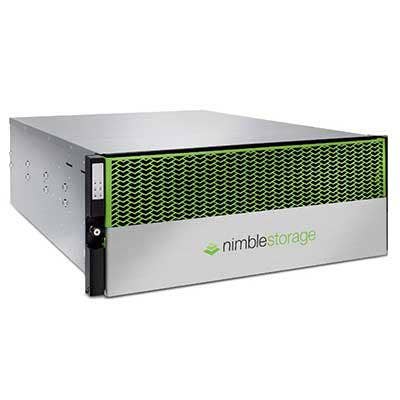
Nimble Storage: Six-Nines-Plus Availability
Nimble Storage in December 2016 said its Predictive Flash Platform now achieves more than six-nines of availability. Actually, to be exact, the storage vendor is claiming 99.999928 percent availability, which translates to an impact of fewer than 25 seconds annually. Nimble Storage said that level of availability is due to the company's InfoSight predictive analytics platform, which features machine learning the company said helps make infrastructures run smarter over time.
InfoSight collects millions of data points per array, per day to proactively prevent issues across the infrastructure stack and ensure optimal uptime. By aggregating and analyzing data across the Nimble installed base, InfoSight Predictive Analytics learns to identify and prevent causes of downtime before they occur, the company said.
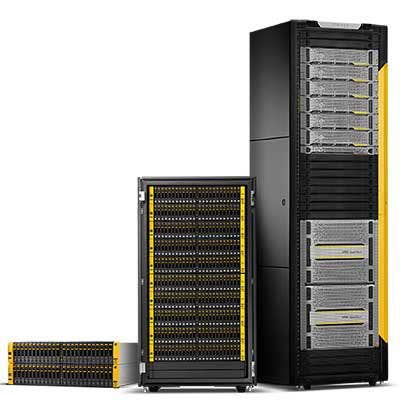
HPE: 3Par Starting At 3 Cents
Hewlett Packard Enterprise in November unveiled the HPE 3Par Flash Now initiative, a way to make it possible for customers to take advantage of its all-flash 3Par storage systems as a service. HPE 3Par Flash Now could help customers resist the cloud by offering high-performance capacity priced starting at 3 cents per usable GB per month, which the company claimed is a fraction of the cost of public cloud solutions. That price includes other benefits and services including HPE Flexible Capacity and pre-provisioning.
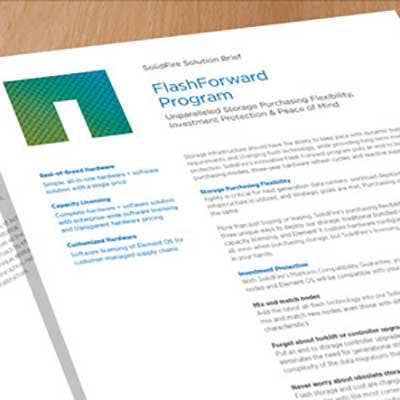
SolidFire All-Flash Storage Pricing With Perpetual Software License
NetApp's new SolidFire business in June unveiled a significant new way to price all-flash storage arrays that includes a perpetual license for the software and separately prices the hardware to give customers flexibility in how they want to deploy their storage.
SolidFire's new FlashForward Capacity licensing program allows customers with large and fast-growing data stores to acquire the software and hardware separately. Unlike traditional storage appliances, where customers are required to purchase a new system to increase capacity or upgrade capabilities, FlashForward Capacity lets customers purchase the license to use specified amounts of capacity, with street prices as low as 40 cents per GB at the highest tier. Customers can purchase the hardware separately, either to have it in place for fast expansion of capacity or to move the capacity between data centers without purchasing new licenses.
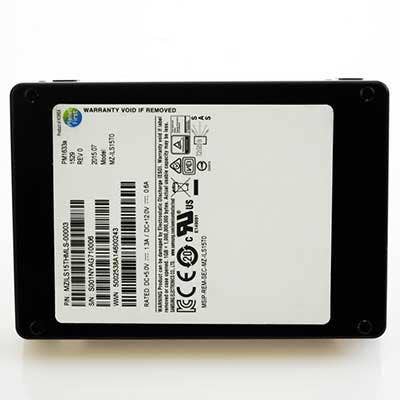
Samsung 15.36-TB Capacity SSDs
Samsung Electronics in March unveiled its PM1633a SSD which, with its 15.36-TB capacity, makes them the world's largest-capacity drives, the company said.
Samsung's new PM1633a 15.36-TB SSDs target enterprise storage requirements with their 12-Gbps Serial Attached SCSI (SAS) interface. The high capacity comes from combining 512 of Samsung’s 256Gb V-NAND memory chips. The PM1633a SSD offers random read speeds of up to 200,000 IOPS and random write speeds of up to 32,000, with sequential read and write speeds of up to 1,200 MBps.
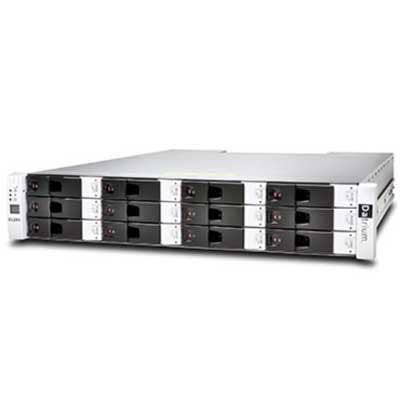
Datrium All-Flash Storage 'Insane Mode'
Startup Datrium, whose DVX technology pools the standard flash memory inside up to 32 of a customer's industry-standard servers into high-performance flash storage, in May unveiled "Insane Mode" to grab more resources from a server's CPUs to increase storage performance in the server.
With Insane Mode, applications can dynamically go to an individual server host and grab up to 40 percent of the processors' compute capacity for use with storage, up from the default use of 20 percent of the compute capacity. That provides up to 100,000 IOPS per server, or just more than 3 million IOPS in the maximum 32-server configuration, the company said.
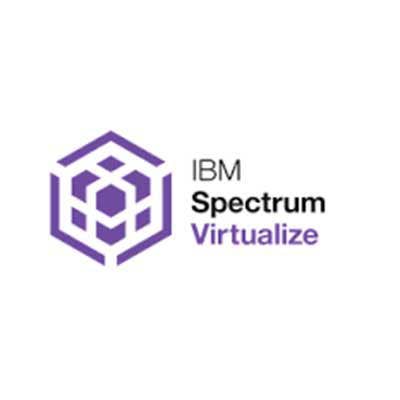
IBM: Spectrum Virtualize Software-Defined Flash Storage
IBM in August introduced a software-defined version of its all-flash storage array the company said will eventually work on most major server brands. The IBM Spectrum Virtualize software-defined storage system, which previously was available only as part of an integrated all-flash storage appliance, can now be deployed on customers' own bare metal servers. IBM Spectrum Virtualize software is either now qualified or will soon be qualified to run on bare metal Lenovo, Cisco, HPE and Supermicro servers. Future versions will be encapsulated in a virtual machine for increased flexibility.
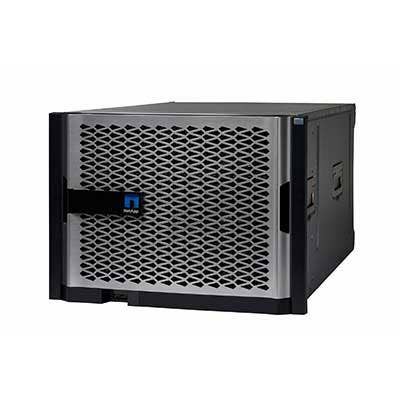
NetApp A700
NetApp in September upped its all-flash storage array game with the introduction of its All-Flash FAS A700, which is among the first offerings to support Samsung's new 15-plus-TB SSDs. The A700 scales to up to 24 nodes, or 12 high-availability pairs, of NAS with a maximum raw capacity of 88 petabytes or effective capacity of up to 360 petabytes. When configured for scale-out SAN, the A700 scales to up to 12 nodes, or six high-availability pairs, with raw capacity of up to 44 petabytes and effective capacity of 180 petabytes.
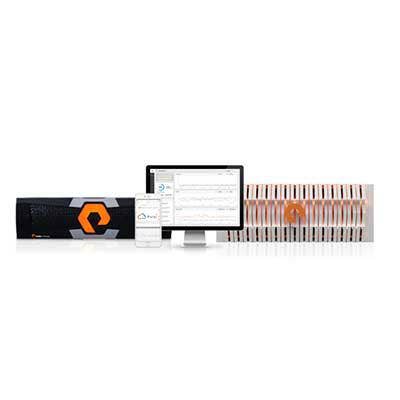
Pure Storage Petabyte-Scale Flash Storage
Pure Storage in October introduced a new generation of the FlashArray//m, its flagship all-flash storage array, which the company said brings petabyte scale with cloud simplicity and six-nines (99.9999 percent) availability.
The fifth-generation FlashArray//m scales up to 512 TB of raw flash, or about 1.5 petabytes of effective capacity, in 7U of rack space. Its new controllers give the FlashArray//m a 20 percent to 30 percent performance boost and up to a 276 percent capacity boost over the previous FlashArray//m generation. The company also claims object scale has increased by 10 times over the prior generation. The array also features Pure Storage's new Always-On QoS (quality of service) feature that requires zero configuration to simplify the storage environment and decrease the potential impacts from "noisy neighbors" in multitenant environments.
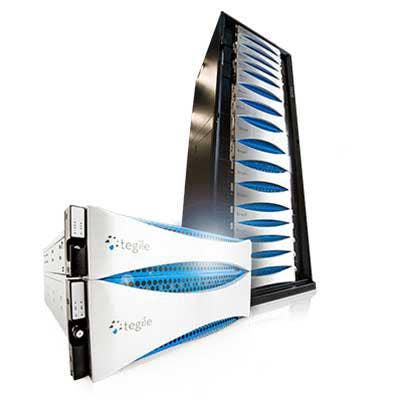
Tegile Tiered All-Flash Array
All-flash storage array vendor Tegile Systems in February expanded its product line card with a new model containing both a performance-focused flash tier and a lower-cost, capacity-focused flash tier.
The newest high-end version of Tegile's IntelliFlash HD all-flash array can deliver up to 5 million IOPS and 10 petabytes of capacity in a single rack, and at its maximum configuration costs as low as 50 cents per GB after de-duplication and compression. With two different performance tiers of flash storage, businesses have the potential to move their entire data center to an all-flash architecture using low-cost flash while running multiple high-performance applications in the higher-performing flash tier, the company said.